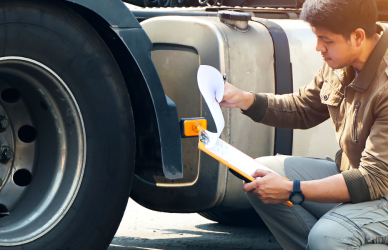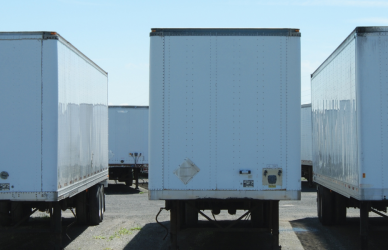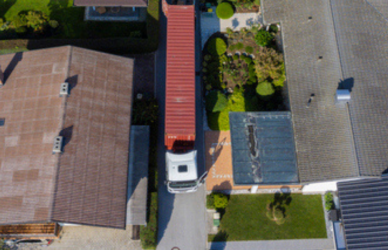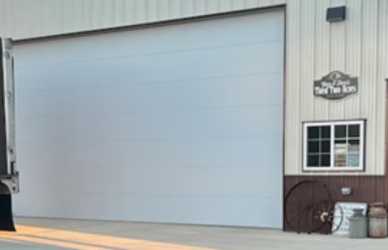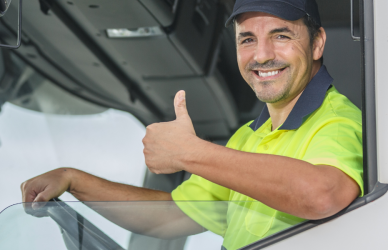The “last mile,” or the final part of a shipment’s journey, is recognized as the most complex and expensive part of the delivery process. It brings a unique set of challenges, which become even more pronounced during peak shipping/delivering seasons. During peak seasons, there are additional charges from carriers like FedEx and UPS, heightened capacity, and service pressures to contend with. Effectively managing last-mile capacity requires creative solutions, and this is where last-mile platforms come into play.
While the last mile may be the shortest part of the journey, it is also the most demanding and costly, plagued by challenges ranging from traffic congestion, shifting customer expectations, delivery window variations, and the relentless pressures of capacity and cost. In response to the challenges of last-mile logistics, last-mile platforms are gaining prominence. These platforms offer an array of solutions and technologies that streamline operations, reduce costs, and optimize last-mile delivery.
Through advanced algorithms, last-mile platforms optimize delivery routes by considering traffic, delivery windows, and location. This approach decreases fuel consumption, shortens delivery times, and trims operational expenses. Real-time tracking allows both customers and logistics providers to monitor the delivery process, increasing transparency and reducing the risk of failed deliveries, going a long way to enhancing the overall customer experience.
Last-mile platforms gather and analyze extensive data to identify trends and ways to improve. This data-driven approach facilitates informed decision-making concerning route planning, vehicle allocation, and customer preferences. Efficient inventory management ensures strategic product positioning, minimizing the distance of the last mile, which ultimately decreases delivery costs and accelerates delivery speed.
Some last-mile platforms include capabilities such as dynamic scheduling, real-time adjustments to delivery routes, and ways to handle unforeseen circumstances flexibly. Many platforms also integrate crowdsourced and gig economy drivers and couriers, providing on-demand delivery capacity that can be swiftly scaled up or down according to demand.
These platforms often feature customer communication tools that allow customers to specify delivery preferences, receive delivery alerts, and provide feedback, boosting customer satisfaction.
By optimizing routes, reducing delivery failures, and enhancing overall efficiency, last-mile platforms effectively control the costs associated with last-mile logistics. Many platforms also support eco-friendly delivery options, such as electric vehicles and alternative fuels, contributing to a reduction in the environmental impact of last-mile operations.
The intricacies of last-mile logistics pose a significant challenge for modern supply chains. However, last-mile platforms offer a robust response to this complexity, equipping logistics providers and retailers with a diverse range of tools and solutions to manage capacity, cut costs, and enhance efficiency. By adopting these platforms, they can meet the evolving demands of e-commerce, offer faster and more convenient delivery options to customers, and ultimately make the last mile a more manageable and less complex component of the supply chain
Source: Freightwaves



